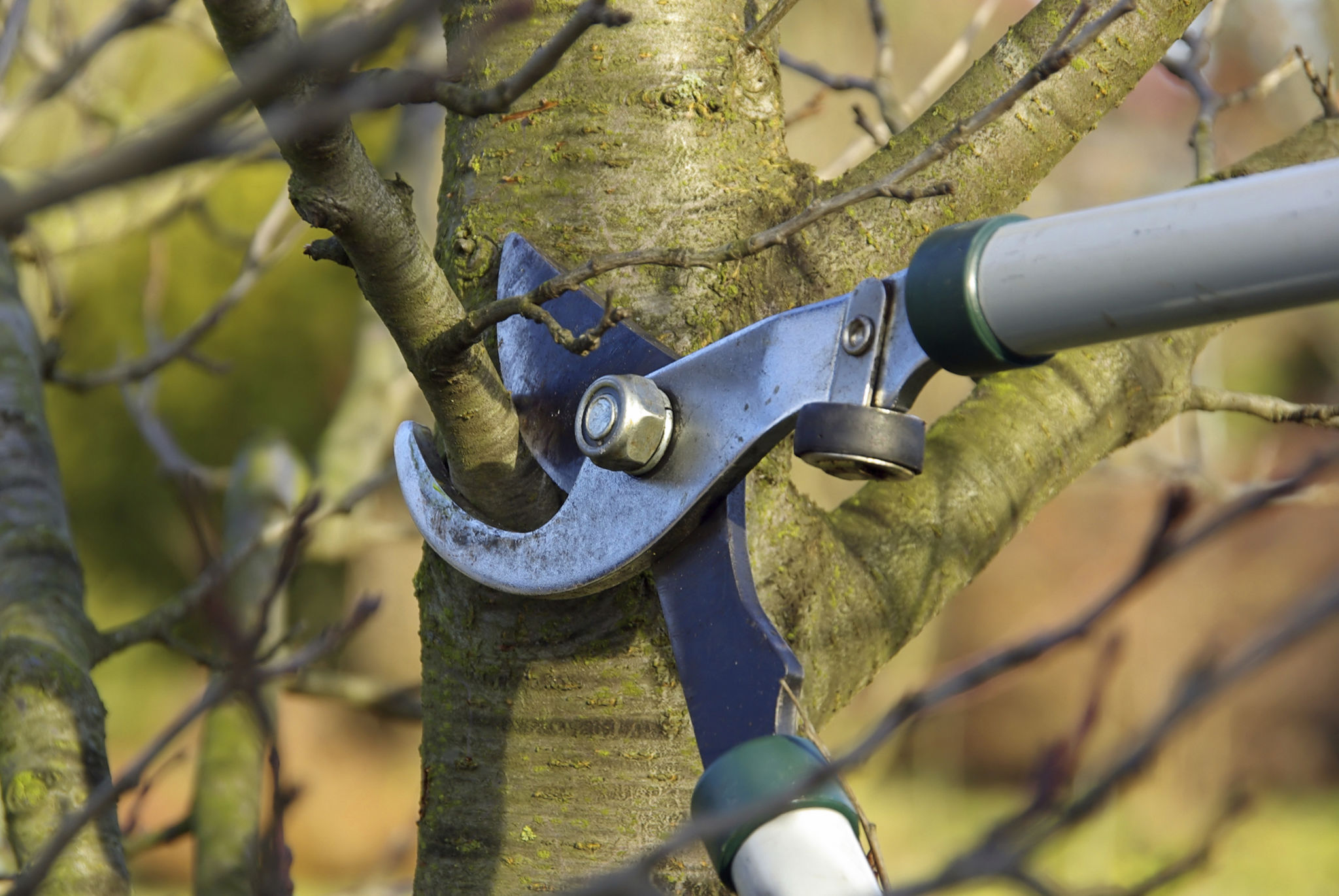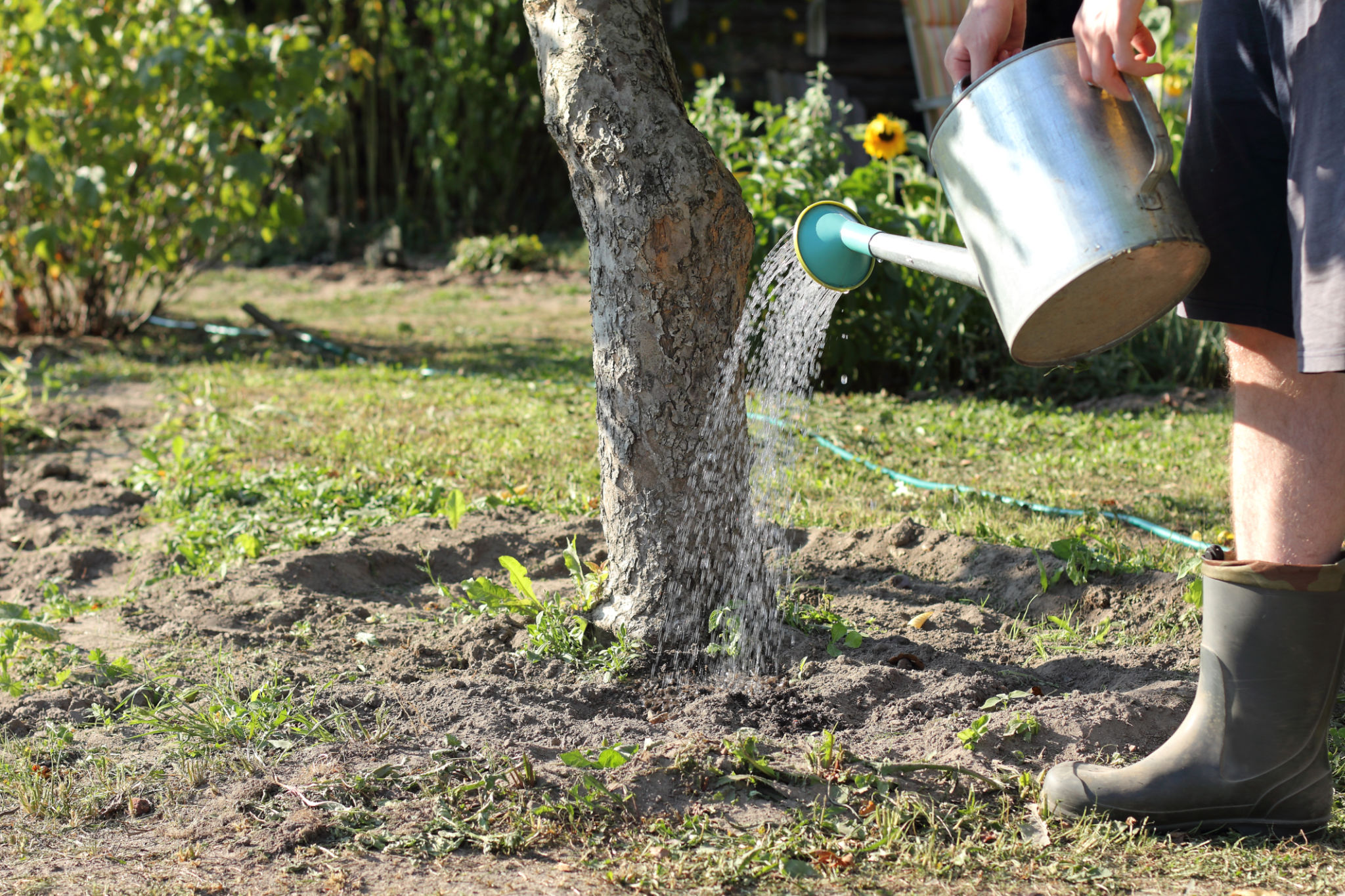Common Misconceptions About Tree Care: Debunking Myths and Setting Facts Straight
Understanding Tree Pruning: More Than Just a Haircut
One of the most common misconceptions about tree care is that pruning is merely a cosmetic procedure. While it does enhance the beauty of trees, pruning is crucial for their health and safety. Proper pruning helps remove dead or diseased branches, allowing the tree to grow stronger and healthier. It's not just about making trees look good; it's about ensuring their longevity and vitality.
Another myth is that trees can be pruned at any time of the year. In reality, the best time to prune most trees is during their dormant season, typically in late winter. This timing minimizes the risk of disease and allows for robust growth in the spring.

The Truth About Tree Roots: Deep and Wide
A widespread belief is that tree roots grow deep into the ground. However, most tree roots are found in the top 18 inches of soil. They spread outward in search of water and nutrients, often extending well beyond the tree's canopy. Understanding this can help prevent damage to foundations, sidewalks, and underground utilities.
Furthermore, it's a myth that cutting down a tree will eliminate its roots. In some cases, especially with invasive species, the roots may continue to grow, potentially sprouting new trees. Proper removal techniques are necessary to ensure the complete eradication of unwanted growth.
Watering Wisdom: More Isn't Always Better
Many people believe that trees need frequent watering, but overwatering can be detrimental. Trees generally require deep, infrequent watering to encourage root growth. This method helps trees become more drought-resistant and healthier in the long run.

The type of tree and its location can significantly influence watering needs. Native species, for instance, might require less water than non-native ones. Understanding your tree species and local climate is essential for optimal care.
Fertilization Facts: To Feed or Not to Feed
Another common misconception is that all trees need regular fertilization to thrive. In truth, mature trees often do not require additional nutrients if they are growing in healthy soil. Over-fertilizing can lead to excessive growth that weakens the tree structure.
However, young trees or those growing in poor soil conditions may benefit from controlled fertilization. It's important to conduct a soil test before applying any fertilizers to ensure that you are addressing specific nutrient deficiencies rather than guessing.

Pest Control: Natural Defenses and Smart Solutions
Trees have natural defenses against pests, but sometimes these are not enough. A common myth is that all pests need to be eradicated immediately. In many cases, a small pest population can be tolerated and may not harm the tree significantly.
- Identify the pest accurately before taking action.
- Consider natural predators as a form of pest control.
- Use chemical treatments as a last resort.
Integrated Pest Management (IPM) strategies can help maintain a healthy balance between pest control and environmental preservation. Learning about IPM can aid in making informed decisions about pest management.
The Importance of Professional Tree Care
While some tree care tasks can be handled by homeowners, others require professional expertise. It's a misconception that hiring arborists is unnecessary or overly expensive. Professional tree care providers have the knowledge and tools to handle complex issues safely and effectively.
By debunking these common myths and understanding the facts about tree care, you can ensure that your trees remain healthy and beautiful for years to come.